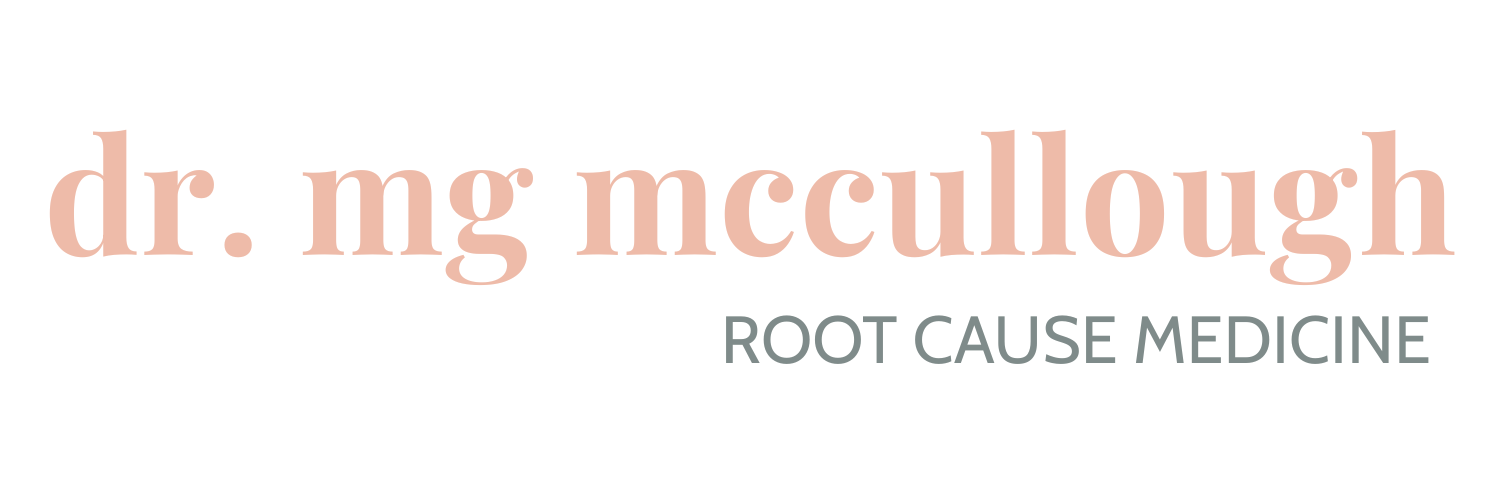when insurance decides
Medical insurance is a wonderful thing until it’s not.
More often than not, people in America will tell you that they are frustrated with our healthcare and health insurance systems. Doctors are expected to see far too many patients per day, which leaves very little time to fully discuss the patient’s circumstances and results in frustrated patients and doctors. People often spend more time in waiting rooms than they spend with their doctor!
This is the mark of an unhealthy system.
Acupuncture insurance coverage varies widely, as does reimbursement. (Reimbursement means what the insurance company pays the provider). Reimbursement will vary from company to company, but usually, it is based on “units”, which is increments of 15 minutes of face-to-face time and means that we are doing something new during each fifteen minute unit billed. But what if we need to have an 18 minute conversation? And then, how would I bill for the time I spent taking the pulse—the most important part of the treatment? Then, for some treatments, inserting needles may only take five minutes, and patients may need to rest for 35 minutes? In the way that I practice, it would not be appropriate for me to come back into the room, remove needles, and insert new ones, which is what would be required in order to bill a new unit. This doesn’t even speak to the times where I might use cupping, gua sha, bleeding, acupressure, or even essential oils, all of which are not billable modalities.
It might seem “cutting edge” when you see providers using e-stim in a clinic, but I would venture to say that the more modern & “evidenced-based” an acupuncture treatment seems, the less the acupuncturist understands. I know that’s a bold statement to make, but
root cause medicine doesn’t happen with an e-stim machine.
An acupuncture treatment is a catalyst to which your body mounts a response. Needling technique, needle manipulation, and the body’s response to that needling is important and unique for each person. Sometimes, the body will push out needles or even move them in more. If you have connected an e-stim machine to needles, you have not only skipped over the importance of the needle technique and intention of the treatment but have also now overridden the patient’s body’s ability to respond appropriately to the treatment you are offering. For this reason, it’s not something I use in my practice, but—it’s something that I could use in order to bill a unit.
Everyone has heard that “less is more”, and that is no different in acupuncture.
More needles does not mean a better treatment; I would actually argue—and can make a strong case for—the fact that more needles actually means a less effective treatment. And it also results in less units billed = less money made. I met another acupuncturist in a Complement Channels (Secondary Vessels) continuing education class once who said that he really preferred to use these channels when treating patients but that he was limited by the fact that his employer required him to to bill a minimum of three units per patient.
The problem here is that this provider’s treatments are being driven by units rather than what is best for the patient. I want to practice patient-centered medicine, and I refuse to allow my treatments to be dictated by anything other than good medicine.
Booking and paying a flat rate* (with no tipping) online means that when you come in, we have about an hour to be totally focused on you, and that’s the kind of medicine I want to practice. This certainly may not work for everyone, but increasingly, people are coming to appreciate more time with their providers—and noticing the difference that time makes!
